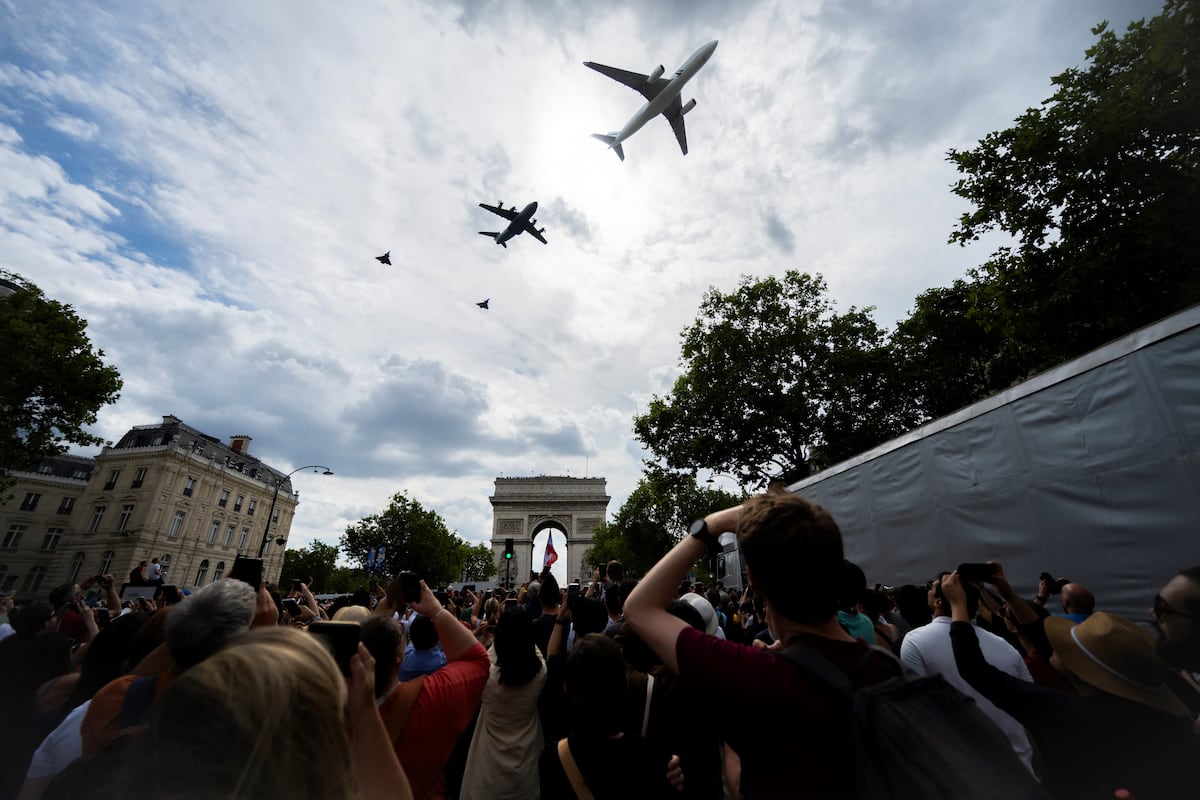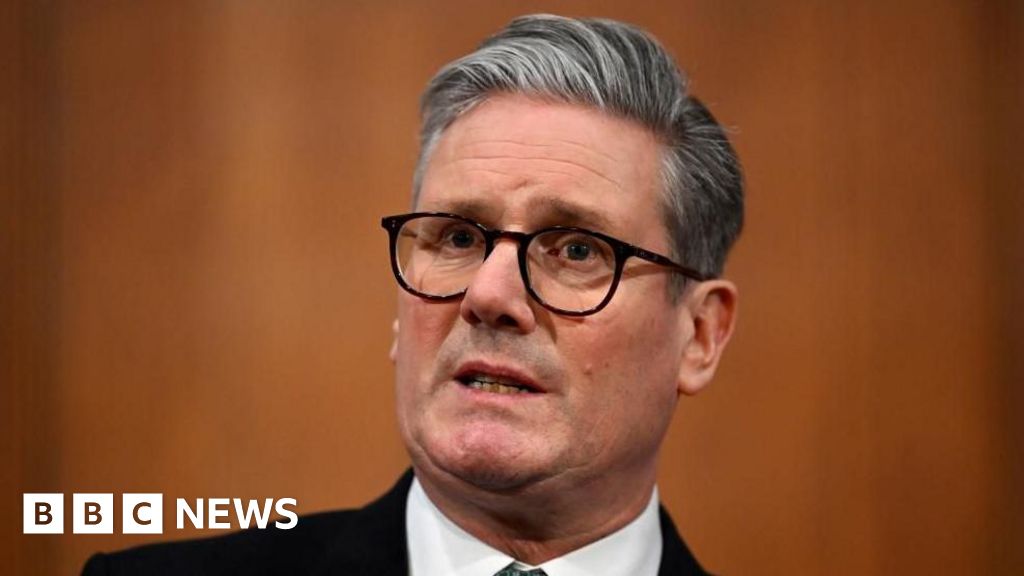
European Defense Preparedness Without U.S. Support: Insights and Projections
PARIS — According to a survey of security researchers and experts conducted by Defense News, Europe has the potential to develop the essential defense systems required to deter or overcome Russian aggression within five years, assuming there is the political commitment to invest.
Currently, European NATO members are reliant on U.S. support for a variety of strategic capabilities and assets that enhance the operational efficiency of combat forces. This reliance appears increasingly vulnerable as U.S. political leadership indicates a possible shift away from long-standing alliances toward a more favorable stance toward Russia.
Experts indicate that even without crucial U.S. capabilities—such as battlefield command and control (C2), satellite intelligence, and long-range strike capabilities—an alliance comprising European Union nations, the U.K., and Norway could still engage Russia in conventional warfare. However, analysts warn it would be a more costly and deadly endeavor.
“At the European level, we are not fully operational without these enablers,” stated Sven Biscop, director of the Europe in the World program at Brussels’ Egmont Royal Institute for International Relations.
This sentiment was echoed by many, emphasizing that military actions without these critical components would be far less structured, leading to higher casualties and territorial losses. "We need to address this situation urgently," Biscop added.
Military satellite communications are cited as the area where Europe is closest to achieving necessary capabilities, as assessments reveal that unmanned intelligence, surveillance, and reconnaissance (ISR) are within three years of realization, according to a majority of 17 experts from predominantly European think tanks and organizations.
Inquiries into the time frame for a European alliance to attain adequate capacity in nine specific defense enablers to successfully deter or engage Russia suggest that battlefield command and control, long-range strike, and suppression of enemy air defenses (SEAD) could be achieved within five years. However, respondents expressed skepticism regarding space-based ISR, estimating that Europe may require between five to ten years to develop self-sufficiency in that area.
Biscop highlighted Europe’s extensive dependence on U.S. intelligence for satellite operations, predicting a lengthy timeline for developing comparable capabilities.
Among aerial refueling and strategic airlift capacities, experts remain divided regarding Europe’s current capabilities. Some believe adequate tanker and transport aircraft are already in place, while others claim an additional three to five years will be necessary to reach sufficient capacity.
In the realm of airborne surveillance, assessments were similarly split, with half the analysts feeling that Europe could secure critical capabilities in three years or less, and the other half anticipating a timeline extending from three to ten years.
The success of these projections hinges on the willingness of European governments to substantially increase defense spending. As of 2024, only a few NATO member states are expected to allocate more than 2.5% of their GDP to defense, with close to a third failing to meet NATO’s 2% spending guideline established in 2014.
Héloïse Fayet, a researcher at the Institut Français des Relations Internationales, cautioned about the variables at play, remarking, “Forecasting the required number and scale of capabilities for effective deterrence against Russia is challenging and largely depends on the political will to invest heavily in defense.”
Experts caution that Russia may be capable of launching an attack against an EU nation within a three to ten-year period. This sentiment was echoed in a February 21 analysis by researchers Alex Burilkov at Globsec GeoTech Center and Guntram Wolff at Bruegel, referencing evaluations from various NATO allies.
Though European NATO countries have time to bolster their defenses, Léo Péria-Peigné, an IFRI researcher specializing in armament capacity, warned against complacency. “This time should not be squandered by inaction, as has often happened,” he stated, suggesting that Russia’s military setbacks in Ukraine indicate it may not pose a significant threat within the next five years.
Péria-Peigné acknowledged the current underfunding of European defense solutions but reassured that viable options exist to ramp up capabilities. “If European nations focus on action rather than mere discussion, substantial improvements could be realized within five years,” he noted.
It’s important to recognize that Europe’s defensive ambitions do not necessitate matching U.S. capabilities fully, as its strategic focus is primarily on regional territorial defense. Biscop elaborated, “While Europe may not seek the same volume, significant investments are still essential.”
As Péria-Peigné rightly put it, “Ukraine has managed to defend against Russia with limited enablers, demonstrating it is possible.” He also emphasized that swift military mobilization is imperative given the current infrastructure inadequacies that hinder the efficient movement of armed forces across Europe.
Analysts also highlighted the critical need for increased troop numbers and the acquisition of tanks, artillery, and other military resources to counteract any potential U.S. withdrawal from the region.
Burilkov articulated the urgency for strengthening ground warfare capabilities, asserting, “The direst scenario involves a Russian invasion of the EU’s core, and enhancing land warfare capacities rapidly would significantly deter such a Russian advance.”
Should the U.S. withdraw its presence while continuing Russian military expansions, Europe would need to bolster its defenses to an extent that mirrors a fighting force equivalent to 300,000 U.S. troops, focusing particularly on mechanized and armored capabilities—as pointed out in Burilkov and Wolff’s findings.
Biscop remained optimistic, stating, “Europe possesses the workforce and economic resources to secure a conventional victory against Russia. The priority is completing our European forces to be fully operational as a deterrent, sending a clear message to Russia: ‘Launching an aggression is not worth it.’”
The responses gathered from the survey on European defense enablers shed light on the necessary timeframe for sufficient capabilities to deter or combat Russia effectively without U.S. support.
Space-based ISR
Satellite-based ISR (Intelligence, Surveillance, and Reconnaissance) refers to using orbital platforms for collecting intelligence, thereby enhancing military decision-making and overall combat effectiveness.
Battlefield Command & Control (C2)
This encompasses the systems and processes for military leaders to strategize and coordinate operational efforts among forces.
Long-Range Strike
Involves weaponry designed to deliver precise conventional payloads from a distance, aimed at achieving tactical and operational objectives.
Suppression of Enemy Air Defenses (SEAD)
This strategy aims to neutralize adversary air defense systems, ensuring a safer operational environment for allied aircraft.
Aerial Reconnaissance / Aerial ISR
Involves using aircraft equipped with sensory technologies to gather tactical intelligence regarding enemy forces and terrain.
Satellite Communications
These provide secure communication channels for military personnel across vast distances, forming a critical part of operational coordination.
Airborne Surveillance
Involves aircraft equipped with advanced technologies to monitor and track various assets in a combat zone, enhancing situational awareness.
Aerial Refueling
This capability allows for in-flight refueling of aircraft, extending their operational range and enabling sustained missions.
Transport Aircraft / Strategic Airlift
Involves providing the ability for rapid deployment of military forces, equipment, and supplies over long distances, essential for supporting operations far from home bases.
As the landscape of global defense continuously evolves, Europe’s commitment to enhancing its military capabilities remains vital for its security and sovereignty.









